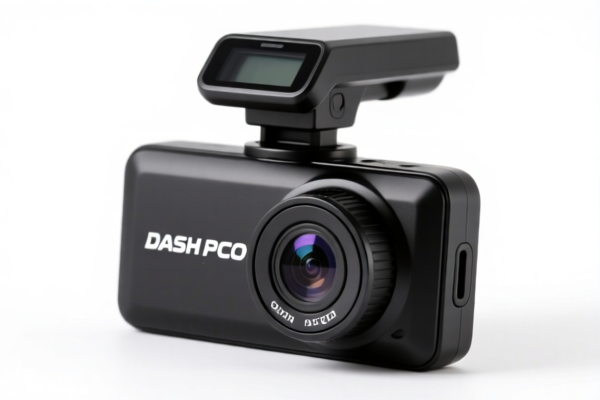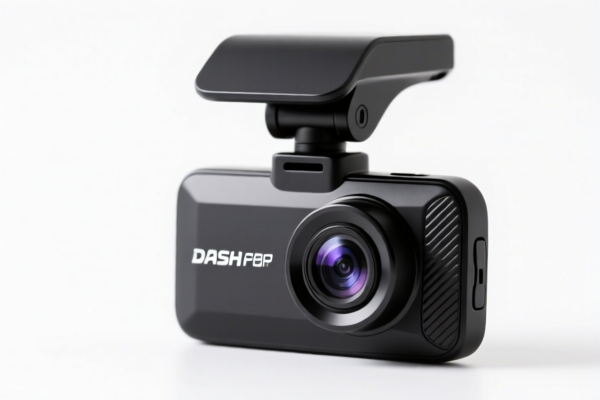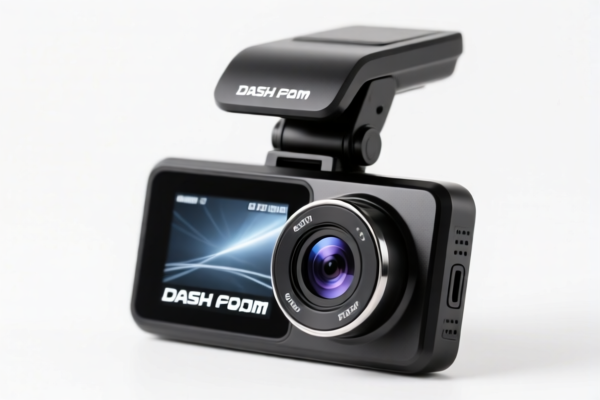| HS Code | Official Doc | Tariff Rate | Origin | Destination | Effective Date |
|---|---|---|---|---|---|
| 8525895030 | Doc | 55.0% | CN | US | 2025-05-12 |
| 8525895050 | Doc | 55.0% | CN | US | 2025-05-12 |
| 8519814150 | Doc | 30.0% | CN | US | 2025-05-12 |
| 8519893000 | Doc | 37.5% | CN | US | 2025-05-12 |
| 9006592000 | Doc | 37.5% | CN | US | 2025-05-12 |
| 9006596000 | Doc | 36.8% | CN | US | 2025-05-12 |
| 9031499000 | Doc | 55.0% | CN | US | 2025-05-12 |
| 9031497000 | Doc | 55.0% | CN | US | 2025-05-12 |




Dash Cameras
Dash cameras, also known as car dash cams, are forward-facing or multi-directional recording devices typically mounted on a vehicle's dashboard or windshield. They continuously record the road ahead, and often the interior and rear of the vehicle, providing video evidence in the event of an accident or incident.
Material
- Housing: Primarily constructed from durable plastics (ABS, Polycarbonate) to withstand temperature variations and impacts. Some higher-end models utilize metal alloys (Aluminum) for increased durability and heat dissipation.
- Lens: Typically employ high-quality glass lenses, often with multiple layers of coating to reduce glare and distortion.
- Sensor: Utilize CMOS image sensors to capture video data. Sensor size is a key factor in image quality, particularly in low-light conditions.
- Storage: Employ microSD cards for storing recorded footage. Some models support larger storage options like SSDs.
- Screen: LCD or OLED screens are used for displaying footage, settings, and live views.
Purpose
- Accident Recording: The primary purpose is to provide video evidence of accidents, potentially aiding in insurance claims and legal proceedings.
- Fraud Prevention: Helps to deter and disprove fraudulent insurance claims.
- Road Trip Documentation: Can be used to record scenic drives and travel experiences.
- Security: Acts as a security measure against vandalism, theft, and reckless driving.
- Evidence of Road Conditions: Captures evidence of dangerous road conditions or erratic driver behavior.
Function
- Continuous Recording: Most dash cams operate in a continuous loop, overwriting older footage when the storage is full.
- G-Sensor: Detects sudden impacts or changes in motion, triggering the automatic saving of the current footage as an "event" file.
- Loop Recording: Records in segments, automatically deleting the oldest footage to make space for new recordings.
- Parking Mode: Allows the camera to continue recording while the vehicle is parked, often triggered by motion or impact.
- GPS Logging: Records the vehicle's location, speed, and time, providing additional context to the footage.
- Wi-Fi Connectivity: Allows for easy transfer of footage to smartphones or computers.
- HDR (High Dynamic Range): Improves image quality in varying lighting conditions.
- Night Vision: Enhances visibility in low-light environments.
Usage Scenarios
- Daily Commuting: Provides peace of mind and evidence in case of accidents during regular driving.
- Long Road Trips: Documents the journey and provides evidence in case of incidents on unfamiliar roads.
- Ride-Sharing Services: Protects drivers and passengers from potential disputes or false claims.
- Delivery Services: Provides evidence of deliveries and potential incidents during routes.
- Fleet Management: Monitors driver behavior and provides evidence in case of accidents or incidents for commercial vehicles.
Common Types
- Single-Channel Dash Cams: Record footage from the front of the vehicle. These are the most basic and affordable type.
- Dual-Channel Dash Cams: Record footage from both the front and rear of the vehicle, providing a wider field of view and more comprehensive coverage.
- Triple-Channel Dash Cams: Record footage from the front, rear, and interior of the vehicle, offering the most comprehensive coverage.
- Mirror Dash Cams: Replace the existing rearview mirror and incorporate a dash cam function, providing a wider field of view and eliminating the need for a separate screen.
- Standalone Dash Cams: Dedicated devices designed solely for dash cam functionality.
- Smartphone Dash Cams: Utilize a smartphone as the recording device, often requiring a dedicated mount and power adapter.
Dash cameras fall under several potential classifications depending on their specific features and applications. Here's a breakdown of relevant HS codes based on the provided information:
-
9006.59.20.00: This code covers photographic cameras, specifically “Other cameras: Other: Cameras of a kind used for preparing printing plates or cylinders”. While dash cameras don’t directly prepare printing plates, this code could apply if the dash camera’s footage is intended for such a purpose.
- 90: Chapter – Optical, photographic, cinematographic, measuring, checking, precision, medical or surgical instruments and apparatus; clocks and watches; musical instruments (excluding chapter 92).
- 06: Heading – Photographic cameras; photographic flashlight apparatus and flashbulbs other than discharge lamps of heading 8539; parts and accessories thereof.
- 59: Subheading – Other cameras.
- 20: Further specification – Cameras of a kind used for preparing printing plates or cylinders.
-
9006.59.60.00: This code covers “Other cameras: Other: Other than fixed focus: Valued not over $10 each”. This is applicable to dash cameras that are not fixed focus and have a value of $10 or less.
- 90: Chapter – Optical, photographic, cinematographic, measuring, checking, precision, medical or surgical instruments and apparatus; clocks and watches; musical instruments (excluding chapter 92).
- 06: Heading – Photographic cameras; photographic flashlight apparatus and flashbulbs other than discharge lamps of heading 8539; parts and accessories thereof.
- 59: Subheading – Other cameras.
- 60: Further specification – Other than fixed focus: Valued not over $10 each.
-
8525.89.50.30: This code covers “Transmission apparatus for radio-broadcasting or television, whether or not incorporating reception apparatus or sound recording or reproducing apparatus; television cameras, digital cameras and video camera recorders: Television cameras, digital cameras and video camera recorders: Other: Other Camcorders”. If the dash camera incorporates recording features and is considered a camcorder, this code may be applicable.
- 85: Chapter – Electrical machinery and equipment.
- 25: Heading – Transmission apparatus for radio-broadcasting or television.
- 89: Subheading – Television cameras, digital cameras and video camera recorders.
- 50: Further specification – Other Camcorders.
-
8525.89.50.50: This code covers “Transmission apparatus for radio-broadcasting or television, whether or not incorporating reception apparatus or sound recording or reproducing apparatus; television cameras, digital cameras and video camera recorders: Television cameras, digital cameras and video camera recorders: Other: Other Other”. This is a broader classification for dash cameras that fall under transmission apparatus.
- 85: Chapter – Electrical machinery and equipment.
- 25: Heading – Transmission apparatus for radio-broadcasting or television.
- 89: Subheading – Television cameras, digital cameras and video camera recorders.
- 50: Further specification – Other Other.
According to the provided reference material, the HS code options related to 'dash cameras' are limited, with only the following 4 found.
Please note that the total tax rate for HS codes 8525.89.50.30 and 8525.89.50.50 is 55.0%, comprising a 0.0% basic tariff and a 25.0% additional tariff, increasing to 30.0% after April 2, 2025.
Customer Reviews
No reviews yet.